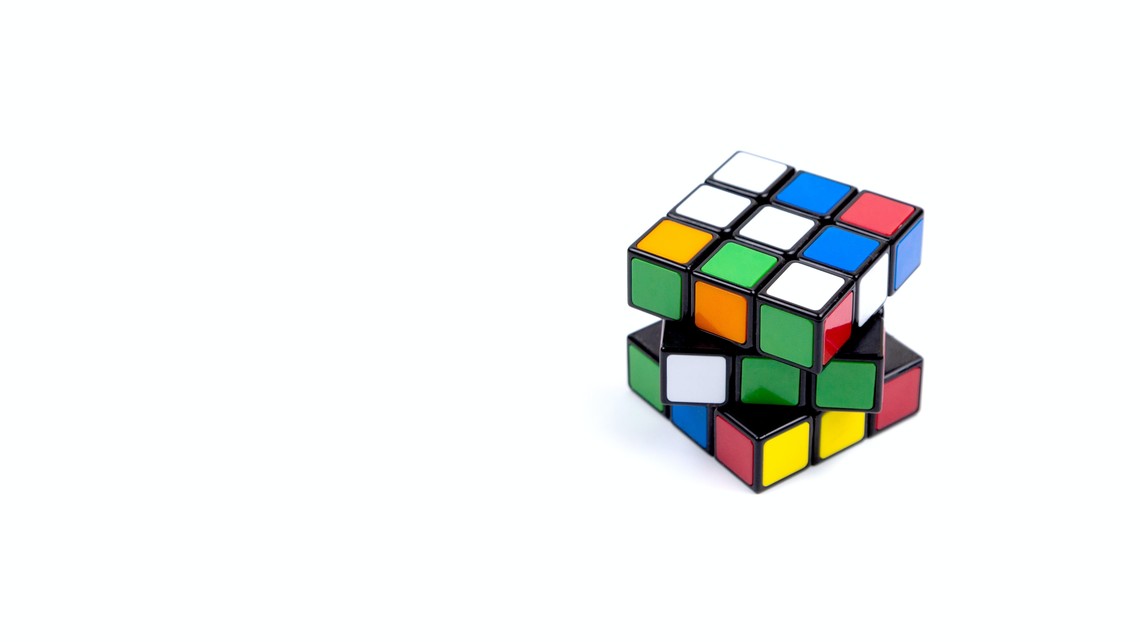
As a therapist, but also as a husband and father, I continue to be fascinated by how our neurobiology points to that fact that we are created for connection. Many of us have learned to interact in ways that can often be harmful to those closest to us. I’m grateful for clinicians and authors like Dr. Dan Siegel, whose work has taught me that there are better ways. He’s a pioneer in the field of Interpersonal Neurobiology. Interpersonal Neurobiology is interested in how the interplay between the brain, the mind, and relationships promote health and overall wellbeing. What I’ve always appreciated about Dr. Siegel’s work is how he offers relatable ways to put these methods into practice. One particular acronym of his is called PART. It stands for Presence, Attunement, Resonance, and Trust which it is an equation for connection.
Presence: Being present with the other with an open mind.
Attunement: Focusing on the other’s emotional landscape rather than just on the behavior.
Resonance: Allow ourselves to be impacted by the other’s experience and giving the other the experience of “feeling felt”.
Trust: When we respond to the other with Presence, Attunement, and Resonance, this activates the social engagement system which leads to receptivity and openness.
Here’s what using PART can look like in “real life."
When one of my kids was about ten years old, I asked him to empty the dishwasher. I heard a somewhat agreeable response from his room. After several minutes of not seeing him emerge, I asked again in a slightly irritated tone. He eventually came out. With a scowl on his face, he told me that he hates emptying the dishwasher. There would have been a time when my response to such a comment wouldn’t have been kind [I still have a tendency to react with impatience; all of us are a work in progress]. I realized that PART was made for moments just like this. I simply paused for a moment, looked at him [Presence], and said, “I know you hate emptying the dishwasher” [Attunement]. “When I was your age, I hated doing chores too” [Resonance]. He replied, “You had to do chores when you were a kid?” [feeling “felt”]. “Yeah, I sure did. I’m a grown-up and I still don’t like doing chores, but this is part of being a family.” He walked back into the kitchen and emptied the dishwasher without incident [Trust]. While he didn’t have the emotional vocabulary to express this, his tone and body language was saying, “Dad, you get me and I feel like we’re in this together.”
This way of responding and relating is effective in promoting deeper connections across all relationships. It’s too easy to simply focus on certain negative behaviors we don’t like and then react accordingly to the detriment of the relationship. When we can pause a moment to focus on the emotions behind the behaviors, this leaves the space to really connect and to communicate that the other’s internal landscape is good and worthy of engaging. The cumulative effects of moments like these lead to long-term relationships marked by warmth and closeness.
Peace,
Chris Ellman, MSW, LCSW, SATP, CSAT



